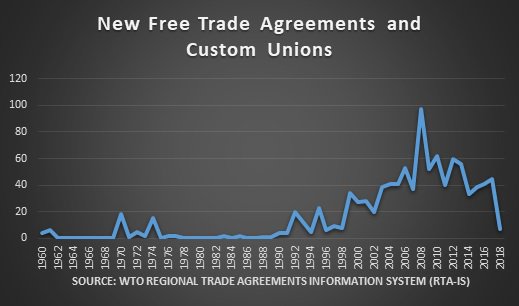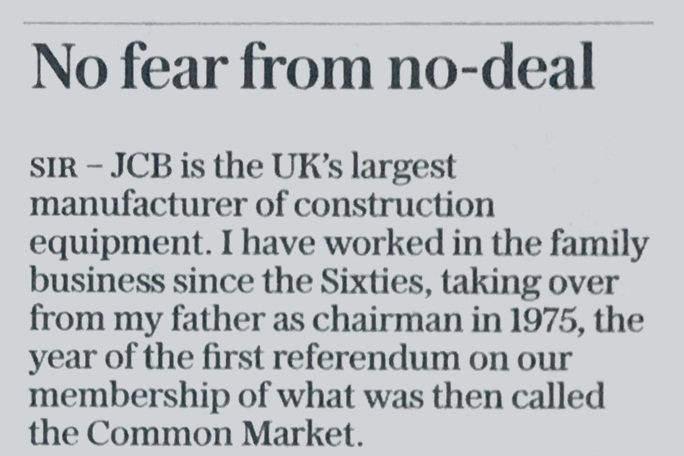You don't lower tariffs, you eliminate them.
Between 1962 and 1967 Australia’s exports to the UK went from 24% down to 17.5%
Also, the cost of tariffs can be entirely subsumed in the delivery chain.
(Trying to work out how much cheaper things become after a trade deal based on tariff reduction isn't really a productive exercise)
This increases economic activity, and the greater integration of markets, does generally benefit the population.
In both these cases the consumer benefits.
If enough businesses are negatively impacted, the currency can be devalued and all the gains wiped out.
The key thing is to enter, or leave, slowly and carefully.
(Preferably with safeguards)
/End




